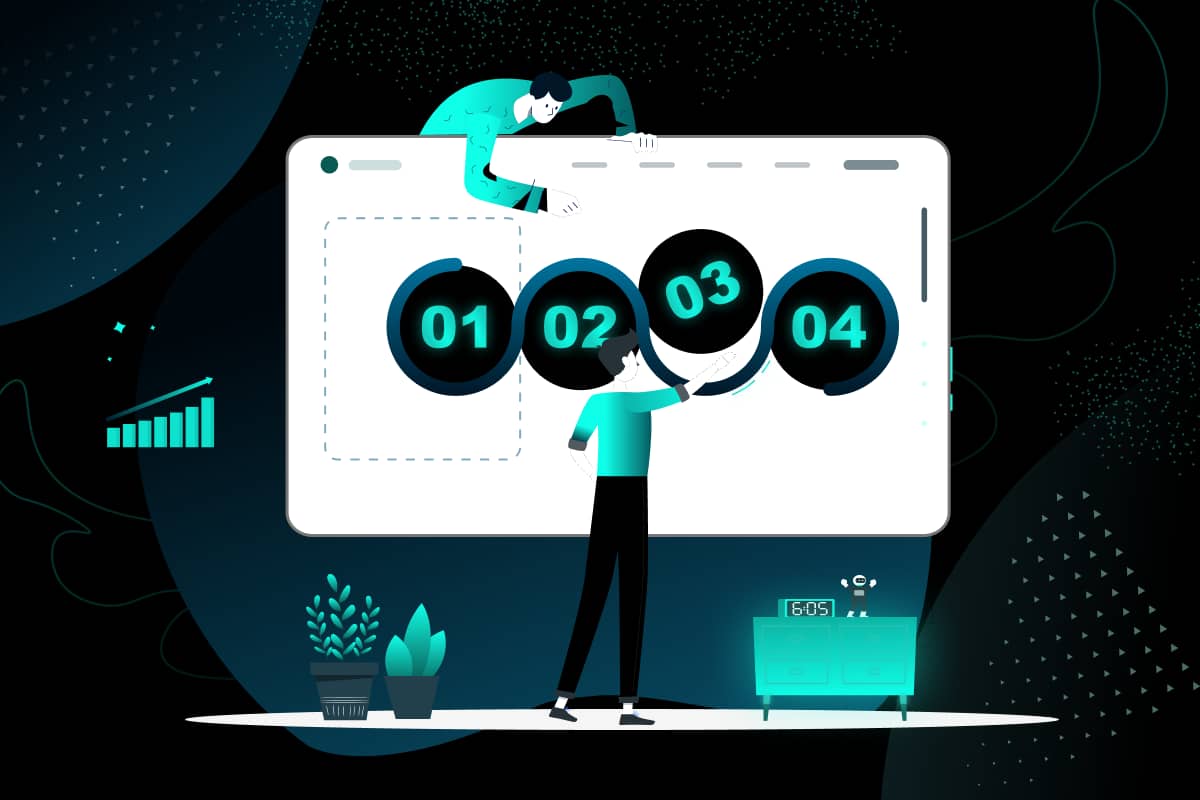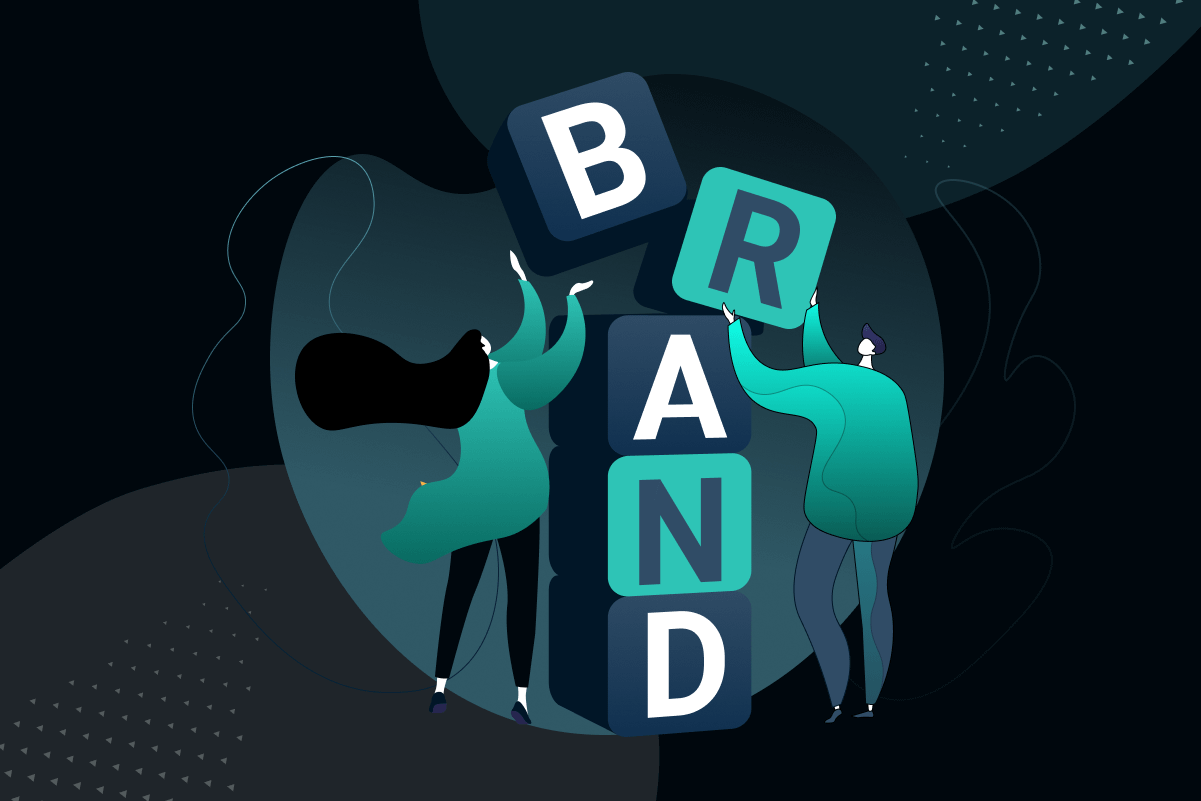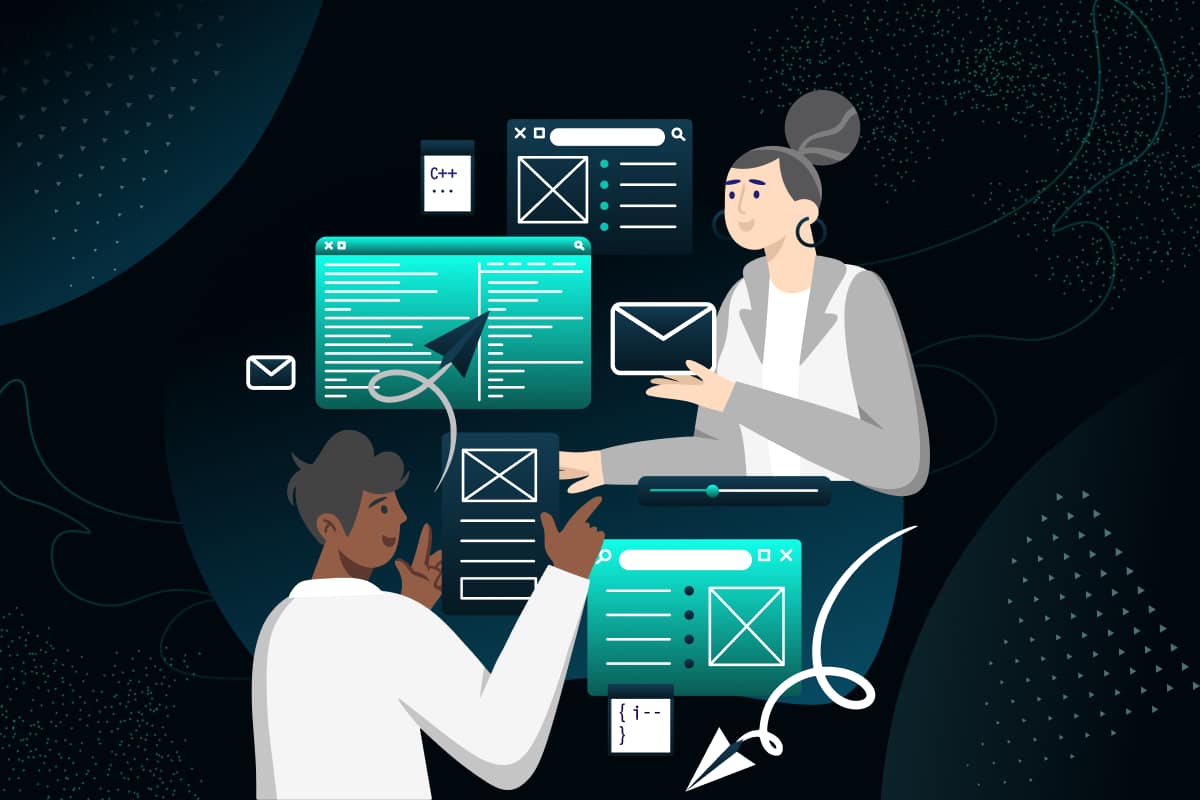Introduction
A well-defined process helps transform your ideas into an aesthetic, user-friendly interface that meets the user’s needs. A solid understanding of the UX design process will add value to any designer level.
Right from UX research to prototyping, it focuses on studying user requirements, designing interfaces, and testing to check the usability and functionality.
In this article we will go through the complete UX Design process with tips to create a user-centric design.
What is the UX Design Process?
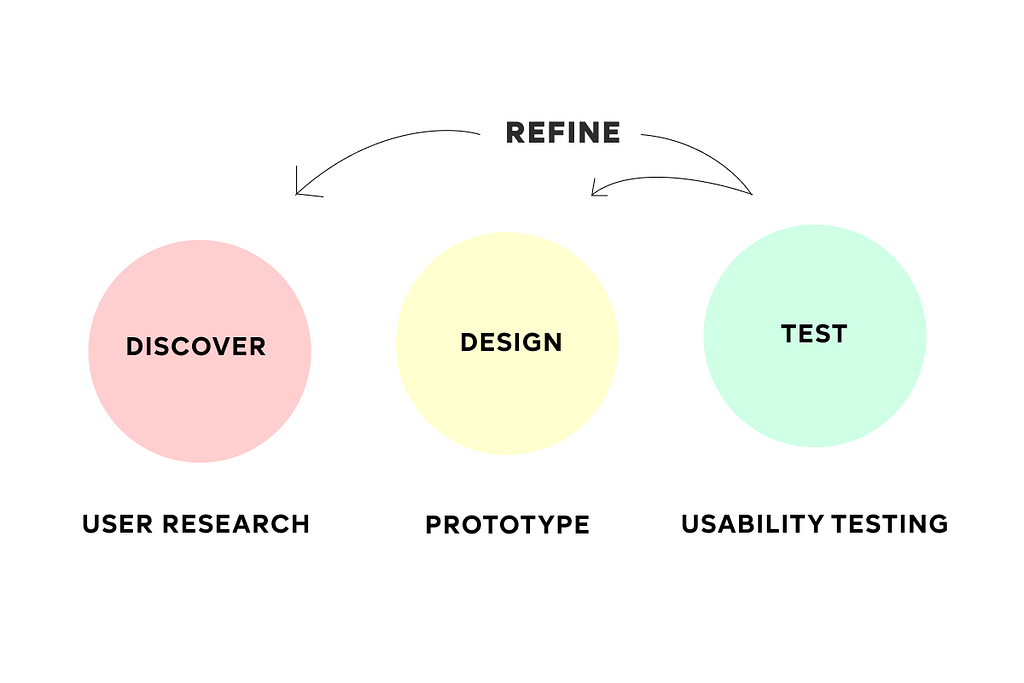
Creating a product that is user-centric and provides seamless experiences is a structured approach known as the UX Design process.
Why is the UX Design Process Important?

UX Design process makes it clear that the end product meets the user requirements. You can see the improved usability and user satisfaction. UX design process reduces design error as the process is a systematic step-by-step approach.
By following such a well-defined methodology, designers may ensure that they are covering all of the relevant bases and producing a user-friendly and effective interface.
Steps involved in the UX design process
A UI UX design process is a sequence of processes designers take to transform an idea into a user-friendly interface. The steps vary based on the project, but they usually contain the following:
Step 1: Define the design.
Step 2: Conduct research.
Step 3: Analyze and plan.
Step 4: Designing the product.
Step 5: Begin prototyping.
Step 6: Initiate user testing.
Step 7: Product launch.
Step 8: Final iteration.
Define the Design
The first step is determining what exactly needs to be created and why. Why is this product required? For whom are you creating this? What business issues will this resolve?
This is a conversation or discussion that frequently takes the form of stakeholder meetings, during which the product designers develop a foundational approach that aligns with a high-level business strategy.
This initial kick-off meeting will likely result in a set of requirements as well as a low-fi concept design. This gives you a basic outline that can be used in the next stage. A top UI UX design agency in Bangalore will never skip this step.
Conduct Research
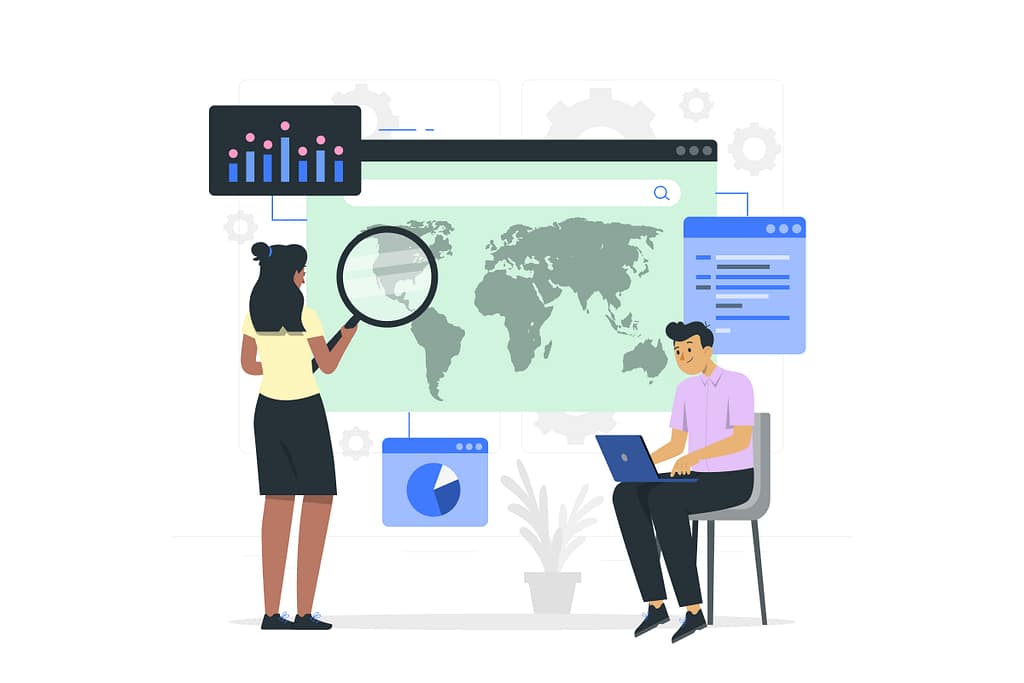
Designers do research during this phase to thoroughly understand their users and their needs. This study assists them in developing empathy for their users and understanding what they require from the product or service.
What are the best UX research methods?
Conducting research via user interviews, surveys, focus groups, competitive analysis, and analytics review is important in the UX design process.
- User interviews provide in-depth insights into individual user needs, behaviors, and pain points.
- surveys gather quantitative data from a larger audience to identify trends and preferences.
- Focus groups enable designers to explore diverse perspectives and test concepts in a collaborative setting.
- Competitive analysis helps understand how similar products perform in the market, identifying gaps and opportunities.
- Analytics review involves studying user behavior data from digital platforms to uncover patterns and areas for improvement, ensuring a data-driven approach to design.
There are several approaches to performing user research. Customer journey mapping is a common tool allowing you to see users’ stages when interacting with your product. Usability testing is another frequent technique that provides direct feedback from users on what works well and what needs to be improved.
Analyze and plan
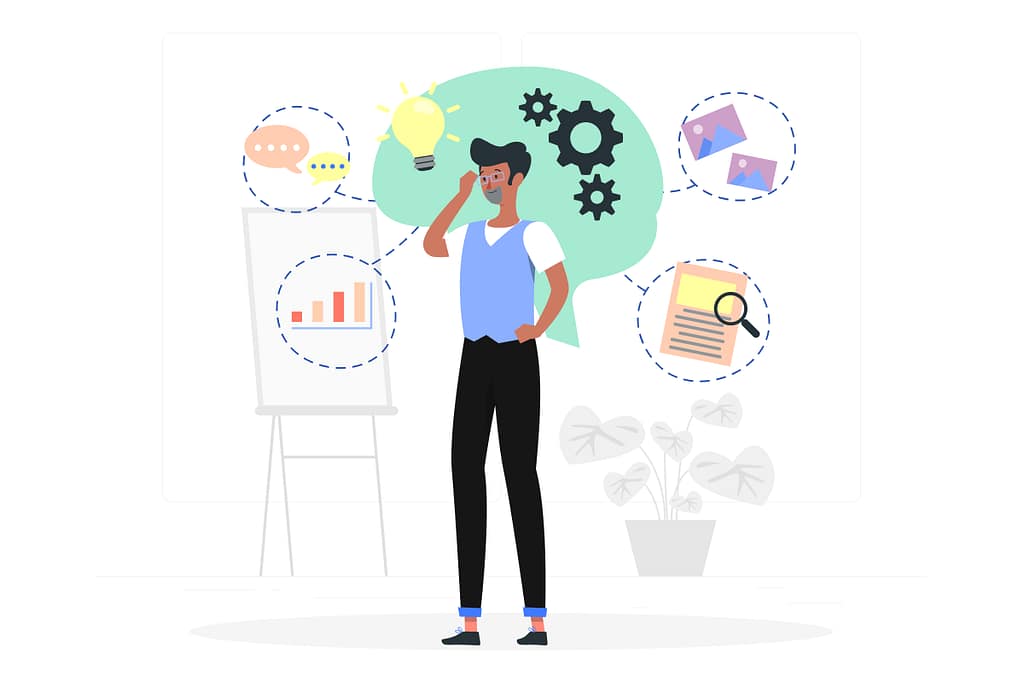
Designers use the information obtained during the research step to plan how to meet those needs during the planning phase. During this phase, they create user personas, user stories, wireframes, and other high-level plans.
This is also when designers consider how the product will be constructed and what technologies will be required. They create a project roadmap and begin to define Milestones.
What is an empathy map in UX design?
An empathy map helps to visualize a user’s thinking, feelings, actions, and requirements which helps the designers understand the user’s perspective. It is always created during the research phase and given as a guide to creating user personas. This helps to uncover the user’s journey like what they think, what they feel, etc.
Incorporating an empathy map into the UX design process ensures that design decisions are user-centered, improving the overall interaction design and user satisfaction.
Designing the product
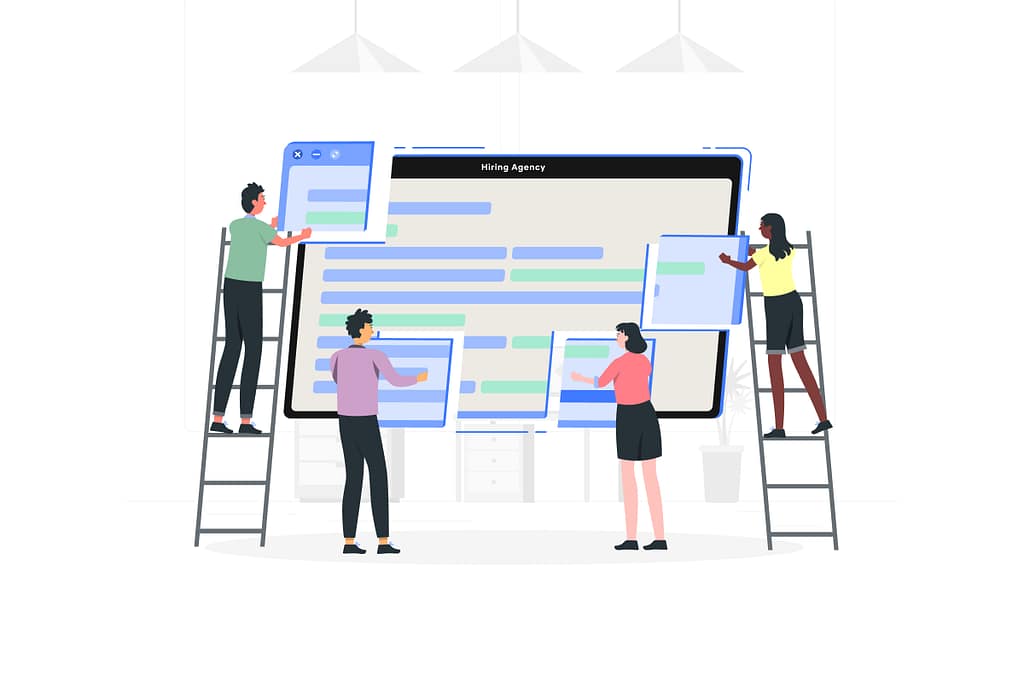
art sketching ideas for how they’ll interact with your interface. This is the stage at which you’ll consider things like the overall layout, navigation, and individual items on each page.
The idea here is to focus, first and foremost, on the user experience. How are they going to interact with your interface? What information do they need to be able to find quickly? By finding the answer to these questions, UI and UX experts better understand how the interface should look.
The designers will be working on items like:
- Layout
- Information Architecture
- Navigation
- Accessibility and usability
- Microcopy
When you polish your wireframes and low-fi interfaces, there will also be a transition between the UI UX design phases. This is where you’ll experiment with color schemes, typography, and iconography. All of these features combine to form an aesthetically beautiful and user-friendly interface.
Begin prototyping
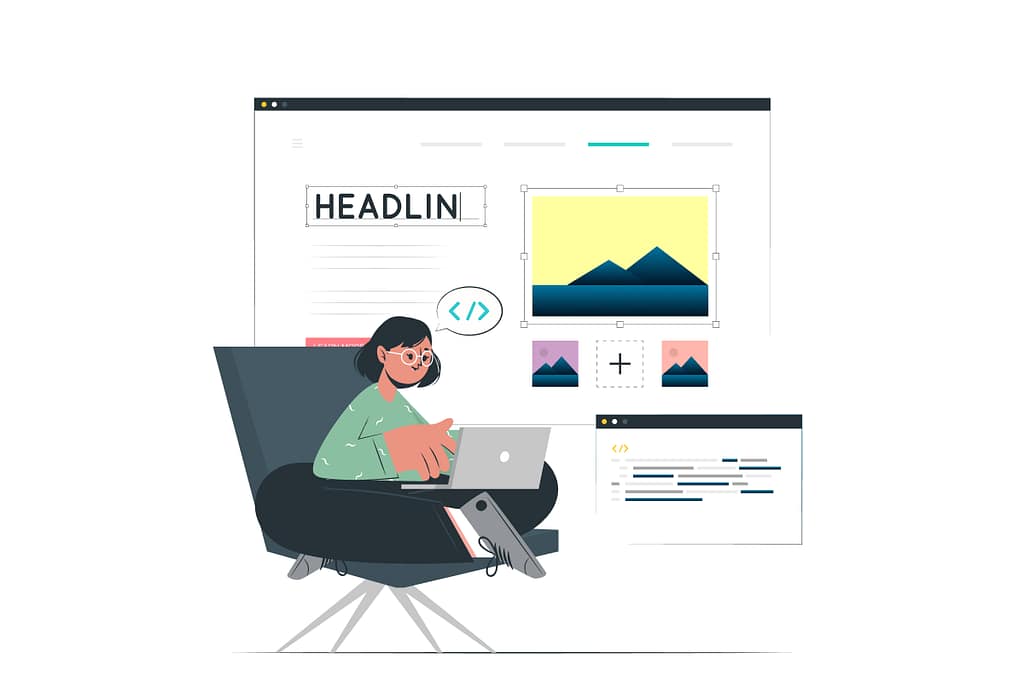
Once you have a working UI, you can create a working prototype. Prototyping enables you to present a more realistic experience for usability testing, resulting in more accurate feedback and insight into “what’s working” and “what’s not working.” Prototypes can be low-fi or high-fi and can be made with various tools.
Initiate user testing
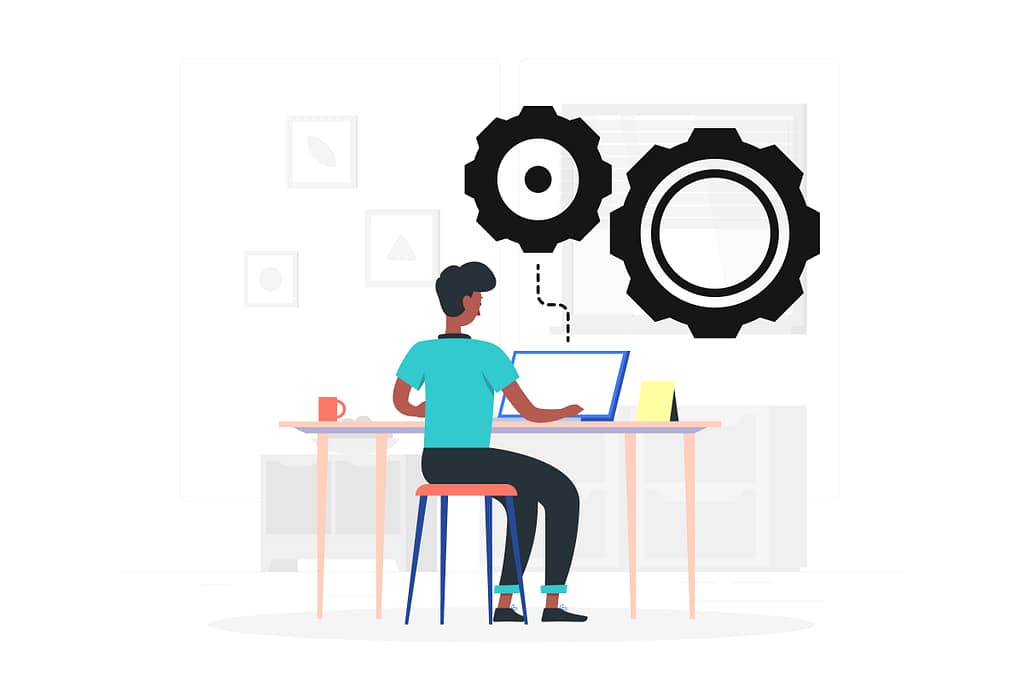
It is critical to test the interface with real users prior to launch. Usability testing identifies any issues that require improvement before the final product goes live and provides input from the user’s perspective.
The more information you have through testing, the easier it will be to determine exactly what has to be updated before shipping the product. As a result, most testing sessions are followed by a period during which you can apply these improvements in your design work.
Product launch
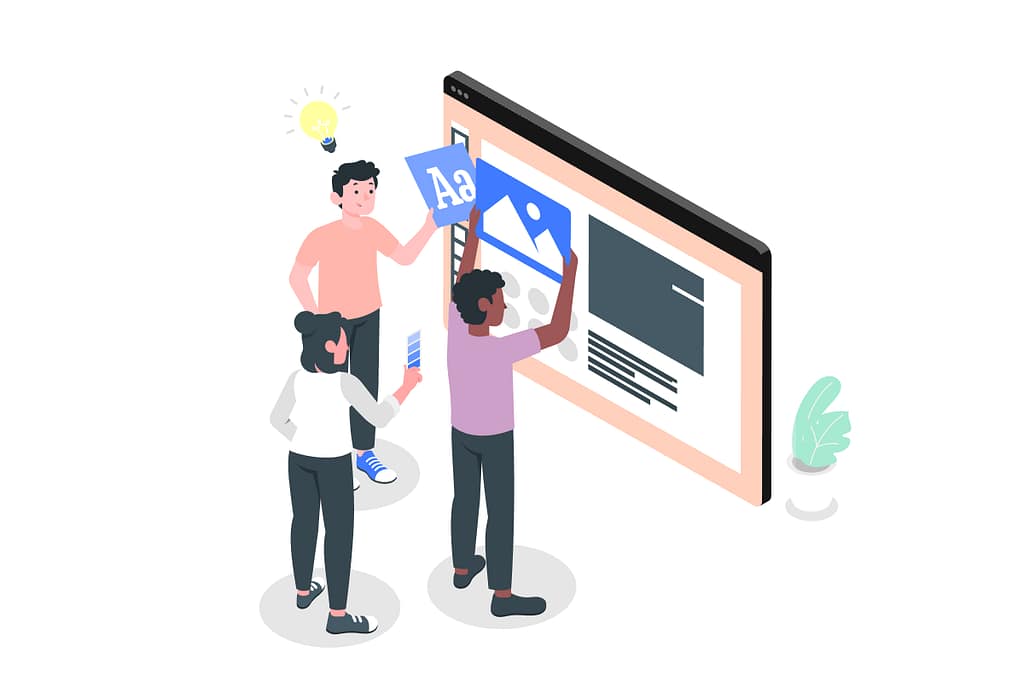
When all the necessary changes to your high-fidelity user interface have been made, the product is ready to be handed over to the development team for implementation.
Whether the product is a website, app, or any other digital product, it isn’t finished until it’s launched. The design process is an ongoing cycle that is supposed to be repeated as users interact with the product and provide input.
Final iteration
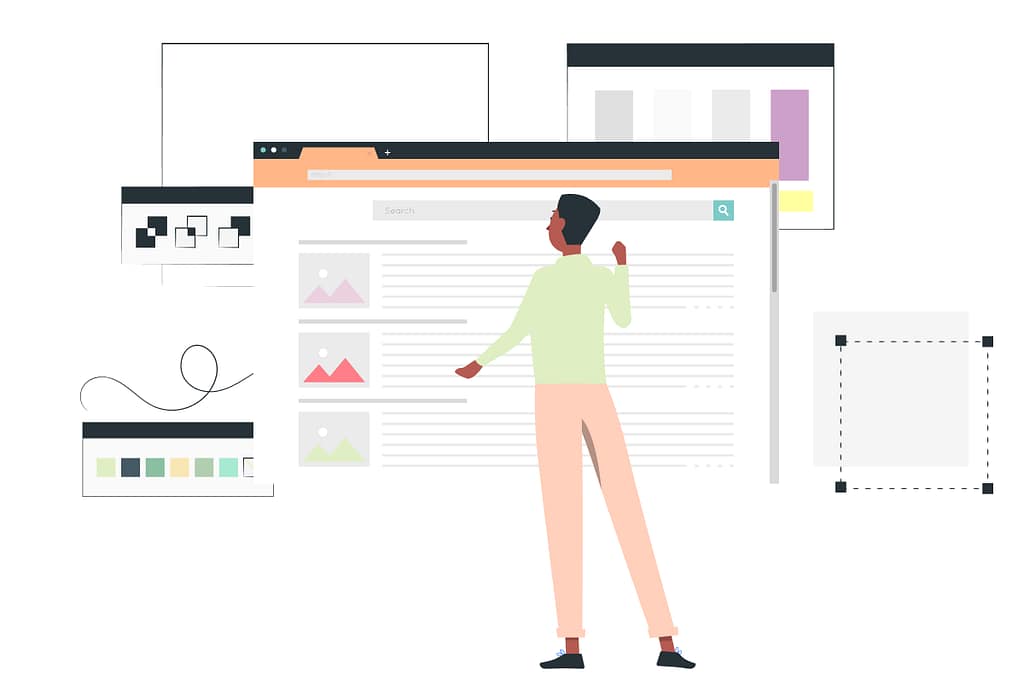
The goal is to improve the user experience over time by making incremental modifications and refinements. You can ensure that your product remains useable and relevant to your target audience for years to come by regularly iterating on its design.
What are the challenges designers face during the UX Design Process
The UX design process comes with several challenges that impact the creation of user-centered products.
Time constraints: Limited time often limits deep research. If you have less time, iterative testing becomes difficult and leads to rushed decisions.
Unclear user requirements: Unclear user requirements always make it difficult to match designs with actual user needs, especially when stakeholders and users have conflicting priorities.
Aesthetics and functionality: Clients sometimes give more importance to visually appealing designs, in such cases usability and accessibility also need to be taken care which is a bit challenging.
Validating ideas: Additionally, validating ideas through testing can be hindered by limited resources or user availability, making it harder to refine designs based on real-world feedback.
Addressing these challenges requires clear communication, prioritization, and an iterative approach.
How to Improve Your UX Design Process?
To make the UX workflow more efficient, start by conducting clear and thorough research to understand user needs and define objectives. Prioritize user feedback throughout the design process, ensuring that decisions are data-driven and user-centered. Encourage collaboration across teams, involving designers, developers, and stakeholders to streamline communication and reduce silos. Implement agile methods to iterate quickly, allowing for continuous improvement and adaptation based on testing and feedback. Utilizing efficient tools for prototyping, wireframing, and usability testing can further enhance the workflow, ensuring the timely delivery of high-quality user experiences.
Last thoughts
In general, UX and UI designers must collaborate closely throughout the design process to build a product that not only meets the user’s needs but also has a beneficial influence on the business.
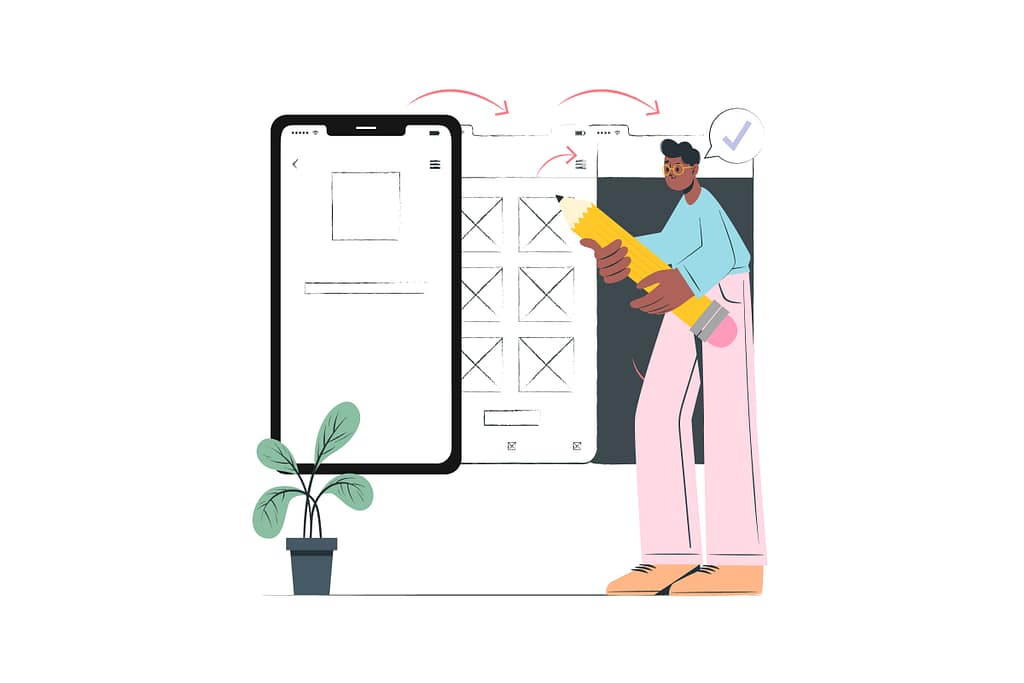
Are you currently working on an original idea that you are excited to bring to life and launch, or are you planning to take your product to the next level? Please consult one of our UI UX experts at Wilson Wings, the best UI UX design company! We have a strong local staff with global expertise as a leading UI/UX Design Agency all over India. We are ready to help you leverage your business in your target market, whether you are in the United States, India, or anywhere else in the world. Visit our service page to learn more about what we can offer you.
Let’s collaborate to create genius designs!

